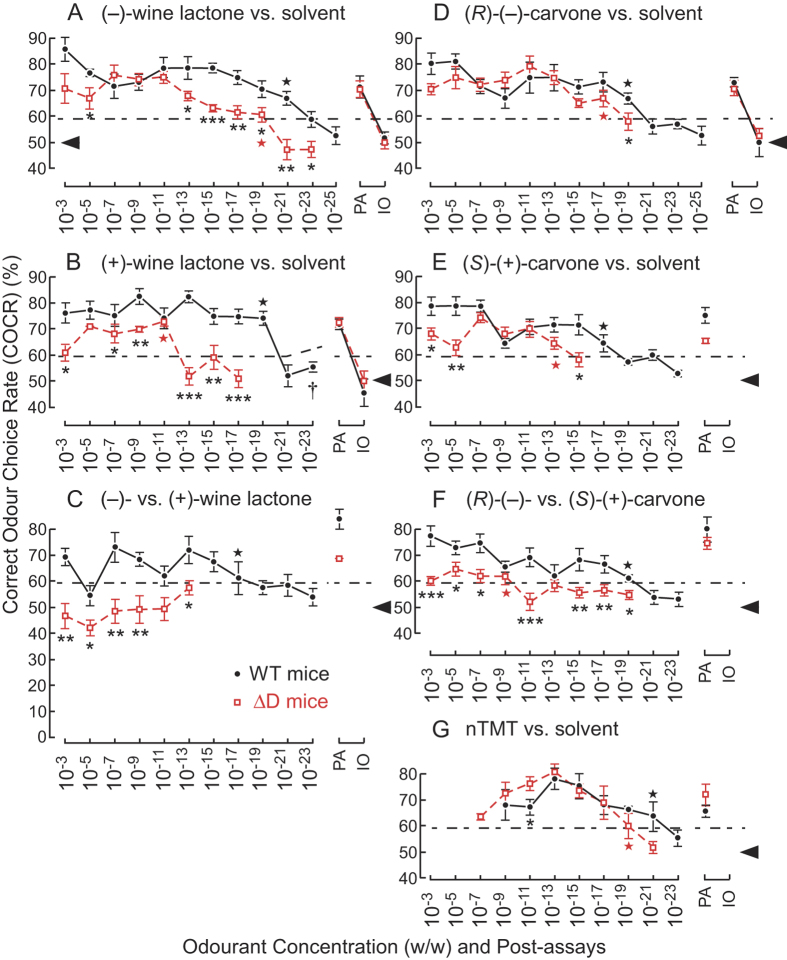Figure 1. Behavioural difference in enantiomer detection and discrimination between WT and ΔD mice.
Two alternative forced choice assays with odourants vs. solvent [di(propylene) glycol] or enantiomeric pairs of odourants were performed in a Y-maze. The correct odour choice rates (COCR) ± standard error of the mean (S.E.M.; 18 trials × 6 mice) are shown for wild-type (WT, black closed circles) and ΔD mice (red open squares). Tasks performed at thresholds are marked by the larger asterisks. A, Odour detection of (−)-wine lactone. Post-assays (PA): 10−13 (−)-wine lactone vs. solvent; identical odour (IO), 10−13 (−)-wine lactone vs. 10−13 (−)-wine lactone. B, Odour detection of (+)-wine lactone. PA: 10−19 (+)-wine lactone for WT mice; PA and IO, 10−11 and 10−9 (+)-wine lactone for ΔD mice, respectively. C, Odour discrimination between (−)- and (+)-wine lactone. PA: 10−13 (−)-wine lactone. D, Odour detection of (R)-(−)-carvone. PA: 10−11 and 10−9 (R)-(−)-carvone for WT and ΔD mice, respectively. E, Odour detection of (S)-(+)-carvone. PA: 10−11 (S)-(+)-carvone. F, Odour discrimination between (R)-(−)- and (S)-(+)-carvone. PA: 10−11 (R)-(−)-carvone. G, Odour detection of non-dihydrogenated TMT (nTMT). PA: 10−21 and 10−17 nTMT for WT and ΔD mice, respectively. The dashed lines indicate COCR significantly above chance performance [P = 0.05 for 108 or 54 (†) trials (6 and 3 mice, respectively), χ2-test]. Black arrowheads indicate chance levels (50%). Asterisks indicate concentrations at which the COCR for ΔD mice significantly differed from that of WT mice (*P < 0.05, **P < 0.01 and ***P < 0.001).

